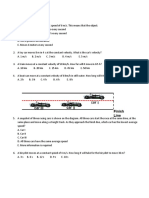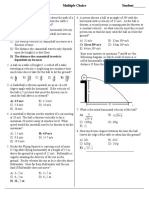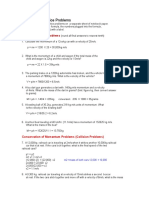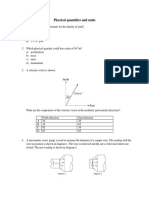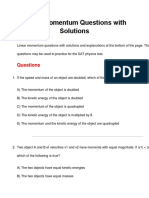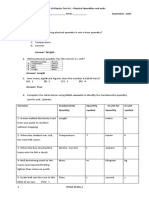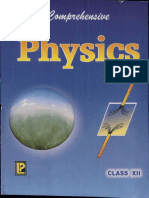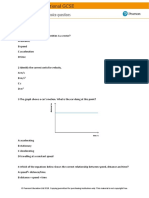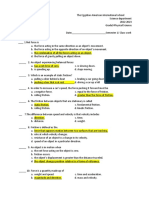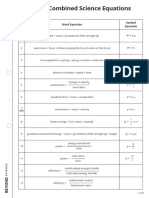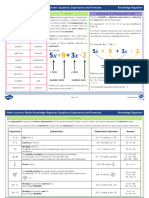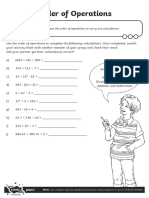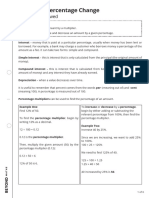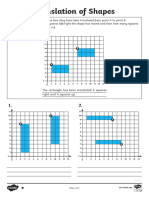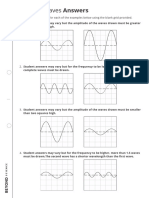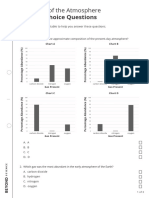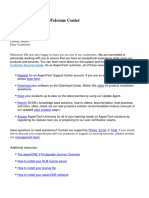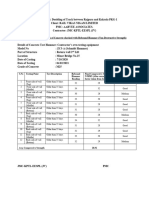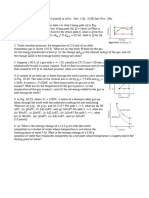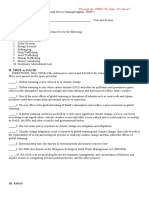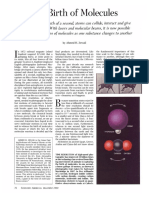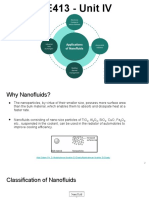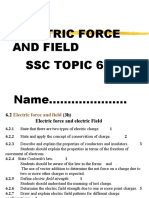100% found this document useful (2 votes)
3K views2 pagesForces Multiple Choice Questions Set 1 - Interactive
This document contains a 10 question multiple choice quiz about forces. The questions cover definitions of force, scalar and vector quantities, examples of contact and non-contact forces, weight, work, motion graphs, friction, acceleration, Newton's First Law, and calculating mass from force and acceleration. The quiz tests fundamental concepts of forces and motion.
Uploaded by
Joel OkohCopyright
© © All Rights Reserved
We take content rights seriously. If you suspect this is your content, claim it here.
Available Formats
Download as PDF, TXT or read online on Scribd
100% found this document useful (2 votes)
3K views2 pagesForces Multiple Choice Questions Set 1 - Interactive
This document contains a 10 question multiple choice quiz about forces. The questions cover definitions of force, scalar and vector quantities, examples of contact and non-contact forces, weight, work, motion graphs, friction, acceleration, Newton's First Law, and calculating mass from force and acceleration. The quiz tests fundamental concepts of forces and motion.
Uploaded by
Joel OkohCopyright
© © All Rights Reserved
We take content rights seriously. If you suspect this is your content, claim it here.
Available Formats
Download as PDF, TXT or read online on Scribd
/ 2





